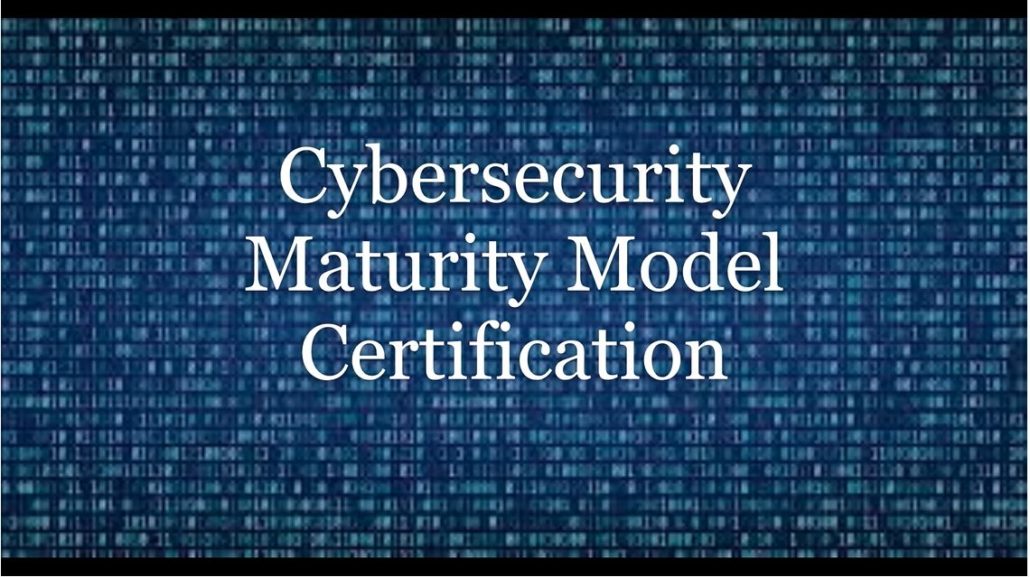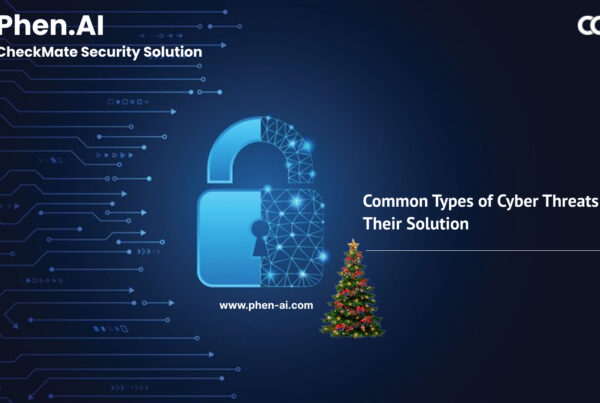Cyber attacks are now more sophisticated than ever in today’s digital environment, posing serious hazards to businesses in all industries. The sensitive nature of the data and systems the IT industry handles presents significant difficulties. The Department of Defense (DoD) has created the Cybersecurity Maturity Model Certification (CMMC) to reduce these risks and guarantee strong cybersecurity procedures.
We will cover all the complexities of CMMC, its significance in the IT industry, and how businesses may go through the certification process to protect their operations and financial data.
Understanding the CMMC Framework and Levels
The CMMC framework has five maturity levels, each of which establishes thorough cybersecurity procedures by building on the one before it. We’ll look at the various levels from level 1 through level 3, beginning with:
Level 1( Foundational), which concentrates on safeguarding Covered Contractor Information and (FCI).
Level 2, ( Advanced) is intended for businesses handling Controlled Unclassified Information (CUI) on DoD priority programs.
Level 3, ( Expert ) aims to lower the danger posed by advanced persistent threats (APTs). It is intended for businesses that collaborate with CUI on the most important DoD initiatives.
The impetus behind CMMC and The Need For Compliance
The evolving threat environment, possible dangers of unauthorized data breaches, and the financial costs of non-compliance will all be highlighted. Organizations may appreciate the urgency and necessity of implementing strong cybersecurity measures by being aware of the consequences of not achieving CMMC certification.
Overcoming Challenges And Simplifying Compliances
For IT sector enterprises, especially small and medium-sized businesses (SMBs) with limited cybersecurity infrastructure and knowledge, CMMC accreditation can be a challenging and resource-intensive procedure. This section will discuss the difficulties that companies experience in obtaining compliance and offer suggestions for streamlining the certification procedure. CheckMate, a reasonably priced software product created by Canfield CyberDefense Group, will be introduced. CheckMate delivers thorough coverage and streamlines the application of CMMC pre-assessment and compliance criteria.
The Cost of CMMC Compliances
For businesses, implementing cybersecurity controls and CMMC compliance may require a large expenditure. This part will go through the financial ramifications of compliance, including the upfront costs associated with developing policies, proving compliance, and safeguarding current networks. It will also look at any potential financial losses and lost revenue possibilities that firms could experience if they choose not to pursue CMMC accreditation.
The Future Of CMMC and Its Role in the IT Sector
Organizations in the IT industry must remain up to date on changes as CMMC develops and adjust as necessary. This section will focus on the change from CMMC v1.0 to v2.0, evaluating the changes to the framework and their effects on enterprises in the IT industry. The importance of CMMC standards in Department of Defense procurement proposals will also be discussed, with an emphasis on the competitive advantage and long-term advantages that CMMC certification may offer companies.
Organizations in the IT industry must prioritize cybersecurity measures to safeguard their sensitive data and systems at a time of growing cyber threats. A complete framework for developing strong cybersecurity practices and compliance is provided by the Cybersecurity Maturity Model Certification (CMMC). Organizations may take proactive measures to protect their operations, gain a competitive edge, and contribute to a more secure digital environment by knowing the CMMC levels, problems, and cost implications.







